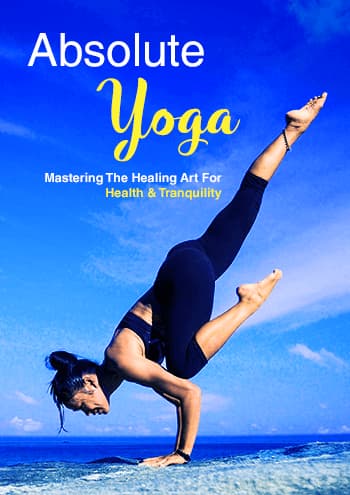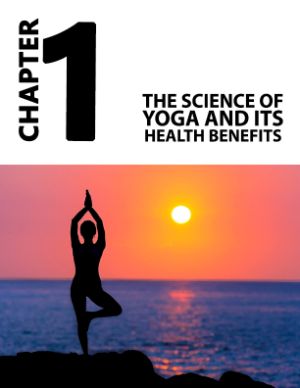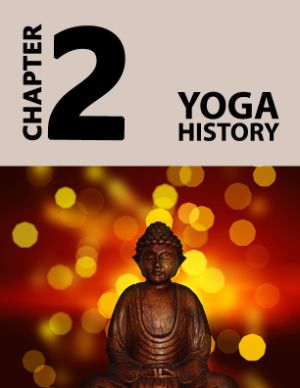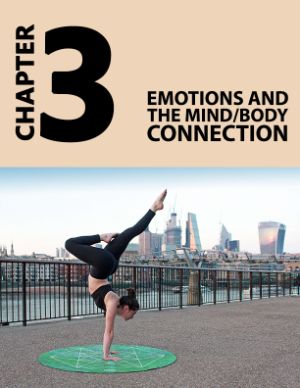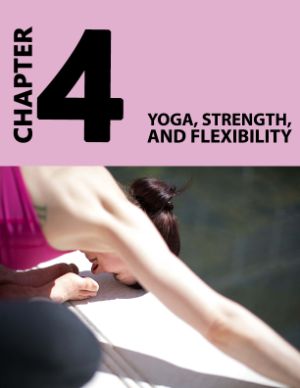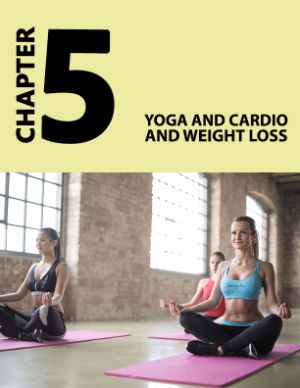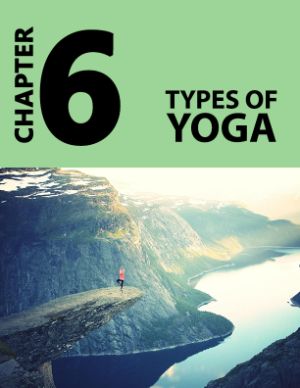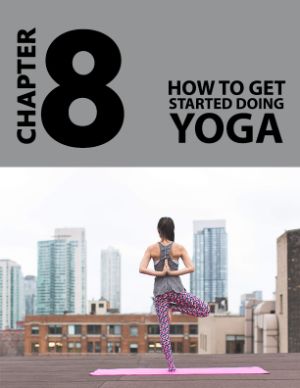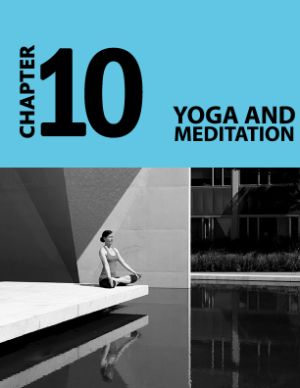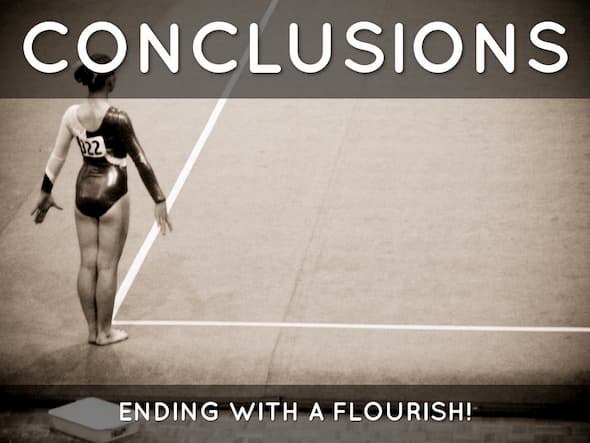A healthy immune system is the body’s first defense against inflammation and diseases, from cancer to the flu. To function properly, your immune system needs to be in balance. That means that cells, organs, and tissues function together as an army, ready to defend the body against invaders, such as germs and other impurities. The immune system produces antibodies to help heal infections and rid the body of toxins.
Ever wonder why some people catch every bug that is making the rounds, while others appear to be immune? Times of stress can render our immune system especially vulnerable. That is why the healthier our immune system, the quicker we can overcome the effects of bacteria, germs, and toxins. Healthy cells immediately come to our defense and attack those invaders. These helpful soldiers are the white blood cells.
Yoga is a natural relaxant and stress reliever and an excellent way to keep our immune system at an optimal level. It provides that necessary boost during times of stress.
Scientists have been studying the connection between yoga and the immune system. A study in the Journal of Behavioral Medicine indicates that yoga can be helpful in lessening inflammation. In 15 separate trials, researchers tested whether the practice of yoga would affect inflammation. Most of the studies were done using easy, Hatha poses. The results of these studies showed a pattern that yoga did decrease inflammation and had a positive effect on the body.
The best yoga programs were those that lasted up to 12 weeks of hourly sessions. Consistent practice was the key to success.
Besides inflammation, there are specific asanas that can help release the irritation of the common cold, such as the Tortoise Pose.
Tortoise Pose
Sit with your buttocks and legs pressed into the floor. Stretch your legs open. Inhale, and lower your torso close to the floor as you exhale. Feel the stretch in your spine and inner thighs. Keep the pose for 10 breaths.
Place your hands beneath your knees and take hold of each leg.
Depending on how flexible you are, you can lean forward as far toward the floor as you are able, but don’t force it. Inhale to expand your chest, and exhale as you fold your body downward.
For sinus congestion, the Downward Dog (see Poses) can help alleviate congestion. This downward-bending pose also helps with infections as it drains the lungs.
Camel Pose for Bronchitis
If you suffer from bronchial congestion, the Camel pose can open up the body to allow you breathe easier.
The Camel Pose will also help with neck and back pain. The Camel Pose can be strenuous on your back, so check with your doctor before getting started.
Start by stretching your spine by doing the Cobra Pose. This is an excellent warm-up and will prevent too much strain on the spine. The Camel Pose is a difficult pose to master immediately, so take your time and work your way up to the full backward extension. Remember, no yoga pose is ever forced.
Kneel on a mat with hands on your hips. Tuck in your chin and press your tailbone toward the floor. Arch your pelvis forward. If needed, place your hands by your tailbone.
This is an easy, modified Camel Pose. Once you have mastered it, you can bring your arms back and grab your heels. Remain in the Camel Pose for 60 seconds, or until you begin to feel uncomfortable.
Whatever type of yoga you are currently practicing, it will help strengthen your immune system. The above forward and backward bends are simply extra helpful in giving your system a needed hand.
Yoga Poses
There are approximately 84 asanas, and this chapter will introduce you to a few of the basic ones. A few dos and don’t before you start your journey:
Do wear comfortable clothes.
Don’t practice asanas on a full stomach.
Don’t force any poses to the point of pain. Yoga is painless and should feel comfortable. Your flexibility and strength will improve with practice.
Mountain Pose
This is your starting point for all standing poses. It may look easy, as if you’re simply standing there, but it is intended to make you feel grounded.
Stand straight with your feet naturally apart. Press all ten toes into the ground. Raise your kneecaps and inner thighs for an upward lift. Tuck in your stomach and raise your chest. Keep your shoulders down.
Hold the palm of your hands toward your body. Inhale and feel your chest rise up further. Hold the pose for 5 seconds.
Cat Pose
This is one of yoga’s most popular poses. Get down on your hands and knees, making sure your knees are aligned with your shoulders. Keep your head neutral.
Exhale and raise your spine up and your head down. Inhale and lower your spine and raise your head to the ceiling. Do this several times.
Downward Dog
Another favorite animal pose among yoga enthusiasts, this pose provides a wonderful stretch.
Go down on your hands and knees and keep your hands flat on the floor.
Inhale and raise your knees up. Your heels will lift. Lift your tailbone up toward the ceiling.
During the exhale, lower your heels to the floor and straighten the knees until your legs are straight. Keep your arms firm as you straighten them.
Warrior I Pose
Exhale and spread your feet about 4 feet apart. Lift your arms until they are perpendicular to the floor.
Shift the left foot 60 degrees to the right and the right foot 90 degrees to the right. The heels should be aligned.
Exhale and bend the right knee over the right ankle. With practice, your right thigh will be parallel to the floor.
Raise the ribcage and press down on your left foot. You should feel the stretch up the back of your left leg to your belly. Bring the palms of your hands together.
Remain in this pose for 30 seconds. Inhale, push the back heel into the floor and reach up and straighten the right knee.
Take a deep breath and reverse the legs and repeat the exercise.
Extended Puppy Pose
This pose stretches the spine as it soothes the mind.
Get on your hands and knees. Move your hands forward and curl toes under.
Exhale and bring your buttocks back to your heels. Keep your arms stretch forward while keeping your elbows off the ground.
With your buttocks above your heels, lower your forehead to the floor. Feel your spine stretch. Breathe into your spine and hold the pose for 30 seconds.
Triangle
The Triangle stretches and tones the entire body. Stand with your feet far apart. Lift both arms to shoulder height.
Turn the right foot out by 90 degrees and the other foot in by 45 degrees. Lower your right hand to your knee, or if you are able, touch your ankle. Raise your other hand to the ceiling.
Hold the pose for 8 breaths, then repeat the exercise with the other side.
Cobra
Lay on the floor with your face down. Your legs are stretched behind without touching. Rest your hands palms down beneath your shoulder while your fingers are pointing forward.
Inhale as you pull your chest and head upward as your arms straighten and your hands keep pressing into the floor. As you raise your chest, hold your shoulders back.
Don’t force any lift that doesn’t come naturally.
Hold the Cobra Pose for up to 30 seconds.
Tree Pose
The Tree Pose helps achieve and maintain balance while standing on one foot. This is a great asana for beginners.
Start by standing with your feet together. Raise your right foot as high as you can, to the upper left thigh. Lift your hands and press the palms together. Keep looking ahead while maintaining your balance.
Plank Pose
Move to the Plank Pose from the Downward Dog. Inhale and lift your torso forward until your elbows are on the floor.
Press your lower arms into the floor and gaze at the floor.
Hold the Plank Pose for 30 seconds and work up to 1 minute. This pose is designed to build strength. Keep breathing and make sure your shoulders are relaxed.

